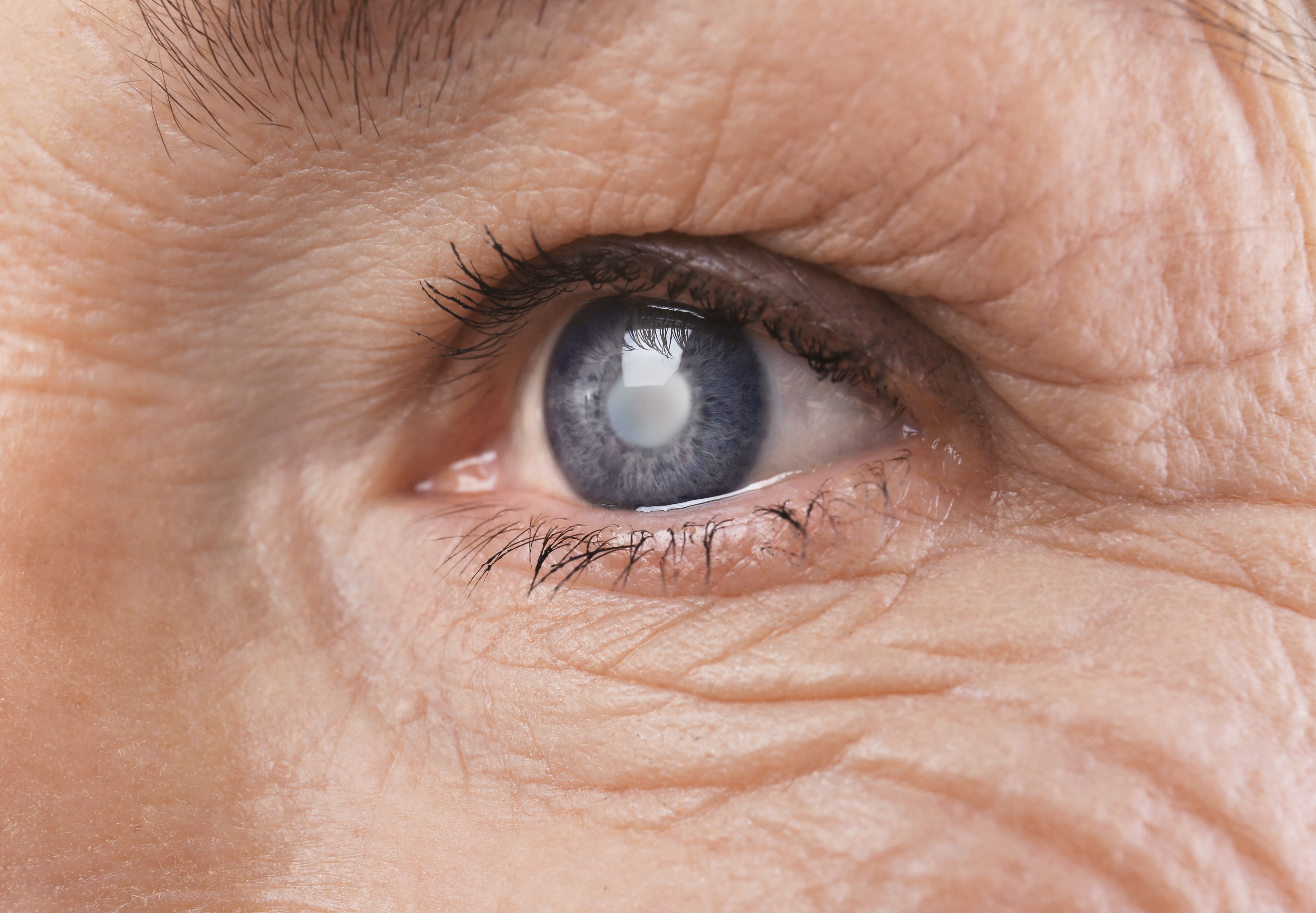Video
Clinical and Economic Burden of Diabetic Retinopathy
Experts discuss the clinical and economic burden of illness in patients with mild and severe diabetic retinopathy and its effect on the patients’ QoL.
Transcript
Jose Martinez, MD: Patients with mild diabetic retinopathy typically have little burden of disease because those patients can usually be followed and observed without treatment. The key is making sure that they come back and remain compliant with the recommended follow-up. The disaster is patients not coming back to see us because they feel they’re doing fine if they’re not having visual symptoms. Mild diabetic retinopathy is usually followed closely to make sure it doesn’t advance to more moderate and severe forms of the disease, which are typically treated.
Patients with more severe forms of retinopathy are followed more closely. Often, we’ll see them every 3 months or every 6 months. When they hit a threshold for treatment, that’s when we initiate therapy. Sometimes they’ll need to come in monthly in order to receive injections in their eyes. They’ll need to do that perhaps 4 or 6 months consecutively. I usually tell patients when we start treatments that we’re going to be seeing a lot of each other. Usually it’s a course of about 3 years when we see a lot of each other. Those visits may start out every month, and then they start to be extended to every 2 months. By 3 years, they are usually intensive follow-up treatments. Most patients’ disease stabilizes the rest of their lives, and they don’t need further intervention. There’s usually about a 3-year period where I tell patients we’re intensely following them once they start hitting that threshold of more severe disease.
Robert Wong, MD: Some patients who have mild or moderate disease may not know they have any problems in their retina. Oftentimes, there’s no macular edema or symptoms like floaters, so they may not know they have any issues. As diabetic retinopathy progresses and becomes more severe, patients can see floaters or shadows of their vision or blurring. At that point, it may affect their driving or reading.
In fact, half of patients with advanced disease will have some form of functional vision loss. Not to mention the psychological issues, such as depression or anxiety, when the vision starts to deteriorate.
Jose Martinez, MD: There are studies that have shown that patients who have any vision impairment from diabetic eye disease do have a higher risk of depression. These patients are affected in that their treatment burden, meaning how much they have to come see us, can often be very disruptive to their personal lives, especially their working lives. Most of these patients are working-age adults, so they need to maintain job security and show up to work. It can be a very burdensome disease to treat, especially when they’re being actively treated, getting injections perhaps once a month. It can be very burdensome. Some people are dependent on family members, so it can be very hard for them to show up to our office.
All this is taken into consideration when we’re trying to determine the best way to treat a patient. We have several different options to treat them. Sometimes, it is monthly injections. We often find that it is going to be very difficult for patients to come in to see us monthly. Perhaps they live far away, perhaps they don’t have a family that can bring them, perhaps they can’t drive, or perhaps they’re already so visually impaired they can’t get there on their own. If we feel they’re not going to be compliant with monthly follow-ups, in those patients, we may choose to use other treatment options, such as the laser, surgery, or other things that are more definitive. The ways we used to do things routinely was using laser on patients, especially those with proliferative diabetic retinopathy.
Presently, we have an option of using either injections in the eye versus doing pan-retinal photocoagulation or laser, and each has their benefits. Patients who have laser typically need to be treated 1 to 3 times, and then things stabilize. Concerning the downside of treatment with laser, studies have shown it increases patients’ risk of peripheral visual field loss, which can be a problem. It increases their risk of night blindness, which can be a problem. They can have difficulty with color discrimination and contrast sensitivity.
These can affect their ability to navigate on their own, especially years after that laser treatment. Although it stabilizes their central vision, it does compromise their peripheral vision and their night vision as opposed to patients who receive injections in their eye. Although the treatment burden is more on the front end, they don’t usually suffer from such severe cases of peripheral visual field loss and night blindness, so there are advantages of using the injections. However, the treatment burden is more, it costs more, and it requires more visits by the patient. But 5 or 10 years down the road, they’re probably doing better than patients who got the pan-retinal photocoagulation in terms of peripheral visual field loss and other secondary visual measures.
Robert Wong, MD: When vision loss occurs to the point where patients cannot see to drive, it severely affects their activities of daily living, and they may often rely on family members or caregivers to help them. It’s not uncommon for a patient to be treated and seen in our office several times a month or monthly thereafter, and that can be stressful on patients, including their family members and caregivers.
Jose Martinez, MD: Many people have written about the healthcare cost to treat these patients. There’s a lot of information about the 40 million diabetic patients who need care in this country; they cost about $400 billion in healthcare expenditures. Of that, about $4 billon goes to treating retina-related diabetic complications, so there’s a tremendous burden to society. However, one has to balance that with the burden of patients going blind. If they lose their ability to work, that does cost society about $1 million for each patient who loses their ability to work over a lifetime just for them to receive disability.
It’s a good investment to keep these people working—to keep these people functioning on a population-based view of things. Studies have shown it costs about $600 to $1,000 a year to manage diabetic eye disease in all diabetic patients. It’s a burden to society, but I think it’s well worth investing in: keeping them from losing their sight. One, it’s the right thing to do for the patient obviously, but it also ultimately saves society a lot of money to keep people seeing and functioning visually.
Robert Wong, MD: Total productivity loss can be estimated by looking at the amount of lost wages if patients cannot participate in the workforce. Several years back, in 2004, it was estimated that patients with some sort of vision impairment or blindness led to $8 billion of lost wages.
These estimates don’t account for financial losses for family members or caregivers who have to take time out of their lives to help these patients.
Newsletter
Stay ahead of policy, cost, and value—subscribe to AJMC for expert insights at the intersection of clinical care and health economics.





